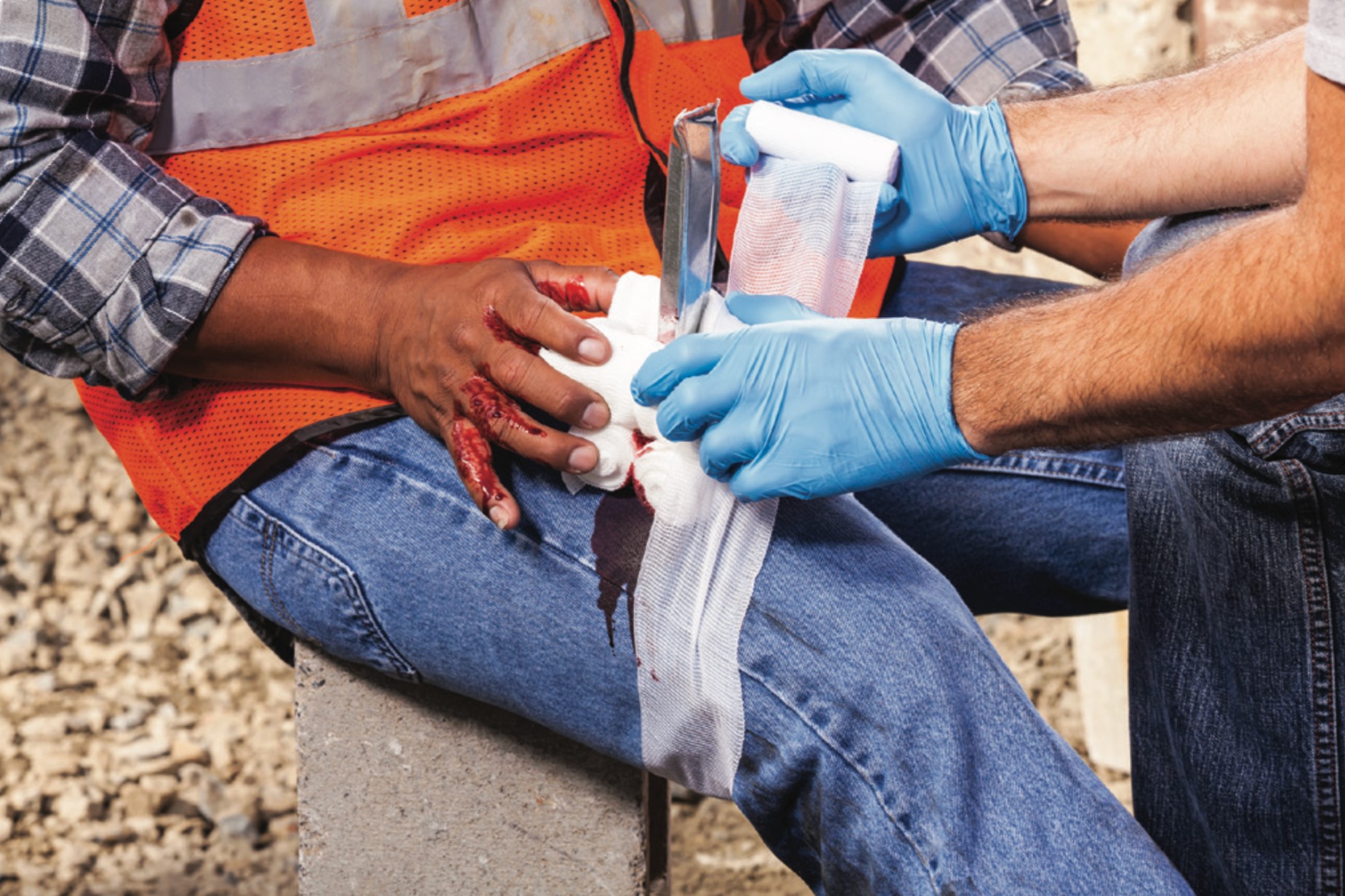
First aid, impaled object: Whatever You Do, Don't Take It Out Unless You Have To
Impaled objects are items that have punctured the body’s soft tissue and are still embedded. Depending on the location of the impalement and the size of the object, emergency medical response may be necessary
Small impaled objects—splinters, for example—can be removed without going to the emergency department.
Larger impaled objects will require a physician or other healthcare provider to properly remove it.
The course of treatment depends on several factors, but here are the basics steps to treat an impaled object
- Stay Safe. It’s important to remain safe while helping a patient with an impaled object. Sharp objects, such as knives or nails, are not only capable of causing an injury to rescuers but are also contaminated with the patient’s blood. Follow universal precautions and wear personal protective equipment if you have it.
- Do not remove the impaled object!1 Impaled objects create a puncture wound and then tamponade (put pressure on) that same wound from the inside, controlling bleeding. By removing the impaled object, you run the risk of triggering bleeding that now cannot be stopped with external pressure.
However, as with every rule, there are exceptions.
If an impaled object must be removed, follow the steps to control bleeding, starting with direct pressure on the wound.2
Impaled object may be removed if:
- the patient needs CPR and the object is in the way
- the object is in the way of the patient’s airway
If an impaled object is in the eye:
Do not put any pressure on the impaled object or the eyeball.3
Cover both eyes with a bulky dressing, taking care not to put any pressure on either eye.
Remember not to put any pressure on the impaled object.
Covering both eyes keeps the injured eye from moving and causing more damage.
If available, a paper or styrofoam cup with a hole in the bottom can slide over the impaled object and cover the injured eye without putting any pressure on the eye or the object.
If an ambulance is not available or the patient must be moved, it will be necessary to secure the object.1
Start by shortening the object if possible.
The more of an object that sticks out of the body, the more leverage it has to do damage to surrounding tissues.
After the object is as short as possible, secure it to prevent movement.
The more movement of the impaled object, the more soft-tissue damage it does and the more bleeding it will cause.
Follow the steps for basic first aid.
References:
- Salomone JP. More than skin deep: use caution when treating impalement injuries. JEMS. 2011;36(6):40, 43.
- Frontline Health. Don’t remove animpaled object! February 15, 2018.
- Department of the Navy. Bureau of Medicine and Surgery. NAVEDTRA 13119 Standard First Aid Course – Chapter Five. Soft tissue injuries.
Additional Reading
- Ugwu BT, Yiltok SJ, Dakum NK, Ode GO, Ameh VY. An unusual chest impalement. West Afr J Med. 1998 Jan-Mar;17(1):55-7. PubMed PMID: 9643163.
Read Also:
Emergency Live Even More…Live: Download The New Free App Of Your Newspaper For IOS And Android
Stress Fractures: Risk Factors And Symptoms
What Is OCD (Obsessive Compulsive Disorder)?
RICE Treatment For Soft Tissue Injuries


